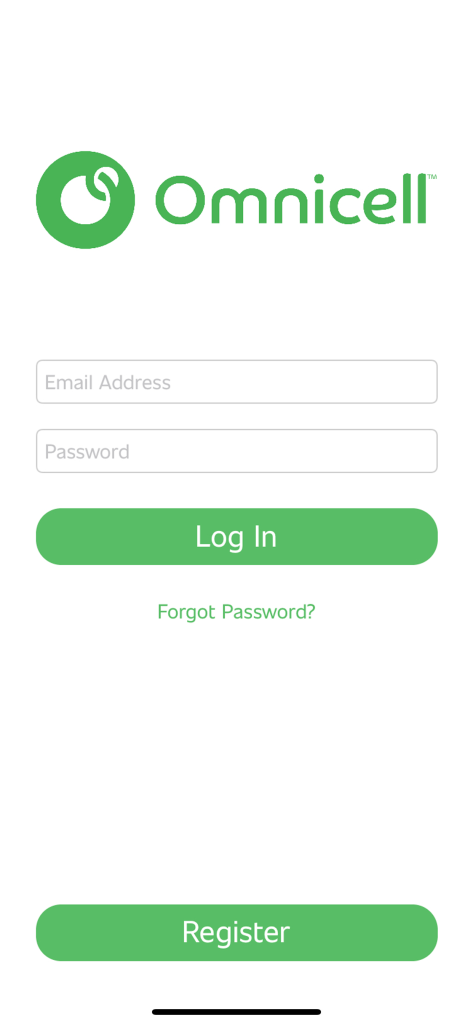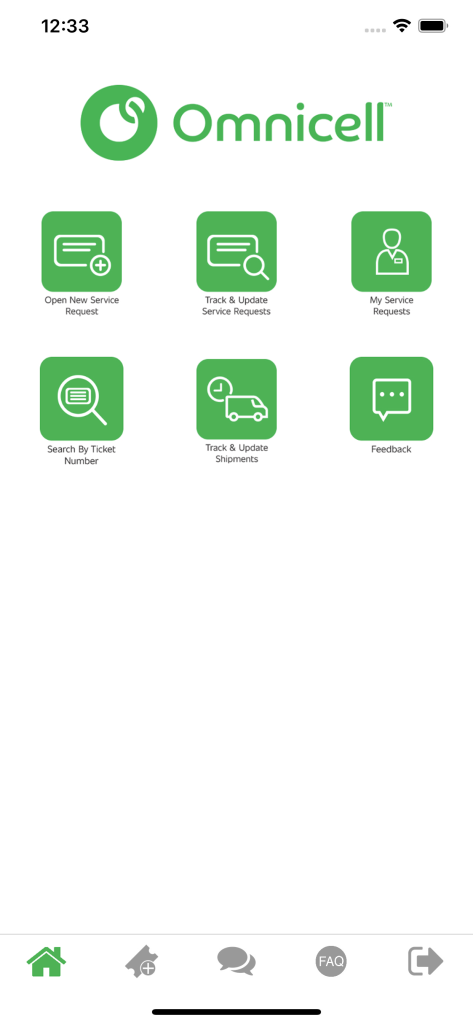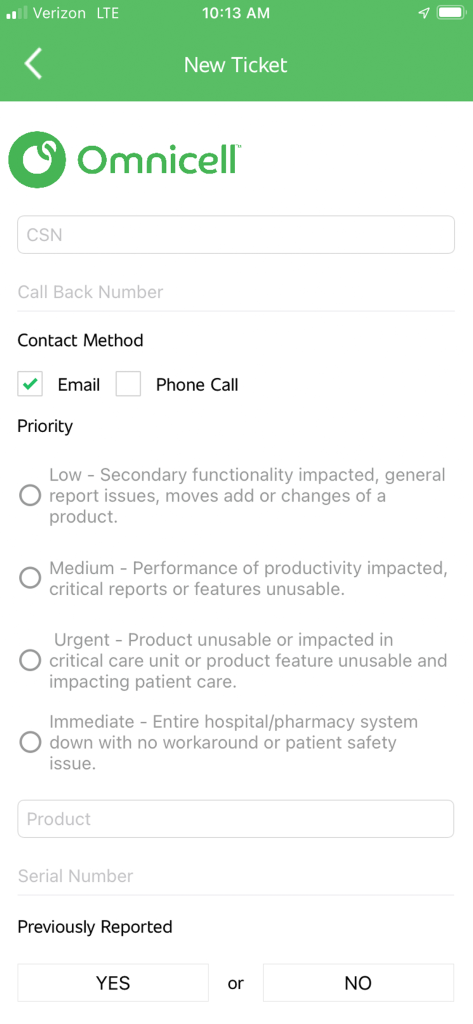Omnicell
Type: B2B, healthcare mobile app
Size of team led: 3 (2 developers, 1 tester)
Duration: 2017-2025
The Story
Imagine you were in the hospital for a few days for a minor procedure. Your doctor told you that everything went well and you should be getting out in the next day or so. Your nurse comes in to give you your medicine. Without hesitation, you swallow it trusting that it will help you in your recovery.
Moments later, your nurse seems to panic. She runs out the door to get help. Soon, there are more hospital staff rushing in the room. It seems that your nurse made a mistake with your medication. Tired and overworked at the end of a long shift, they gave you someone else’s medicine. It was unintentional. It was a innocent mistake. Yet it was a mistake that may affect your prognosis.
Discover
Omnicell is a Fortune 500 company that automates the administration of medication in hospitals and clinics around the world. By reducing human error, they ensure patients are administered the proper medicines and doses.
Omnicell’s care team came to me with a vision for an app that would reduce calls to their call center. Taking support calls is a costly part of business. The app would reduce the inbound calls that they received.
Their hope is that it would save cost not only for Omnicell but also for their healthcare clients.
Define
When we think of hospital staff, what comes to mind first are the doctors, nurses and technicians that provide care. That care would not be possible without engineers repairing and replacing equipment. Nurses are depending on the pharmacy cabinets to get patients the proper doses of their medication. It’s a fast paced job and you have to get the technology back up and running as soon as possible. After all, people’s lives are depending on it.
Key Insight Researched:
Not all equipment can be repaired on-site. Some of it needs to be replaced but calling in each piece of equipment one-by-one is time consuming. Much of their day is spent on the phone with the equipment supplier. What if there was a faster way to get equipment replaced?
“RaDonda Vaught, former Vanderbilt nurse who accidentally killed patient, says hospital issues contributed, too”
Learn more
This is where the ideation process began. What if we could create an app that made it easier for Omnicell’s field technicians who are on-site replacing equipment? They could use the app to place orders for new equipment faster.
The app would also benefit engineers working at hospitals who put in orders for new equipment all throughout the day.
Design
The stakeholders wanted an app that was flexible and utilized layout that could be changed without the need for an update. This would ensure that users had the latest version at all times.
Storyboard for registration

Design Challenge:
How to I create a flexible layout where both design and functionality can be pushed out instantly without an app update?
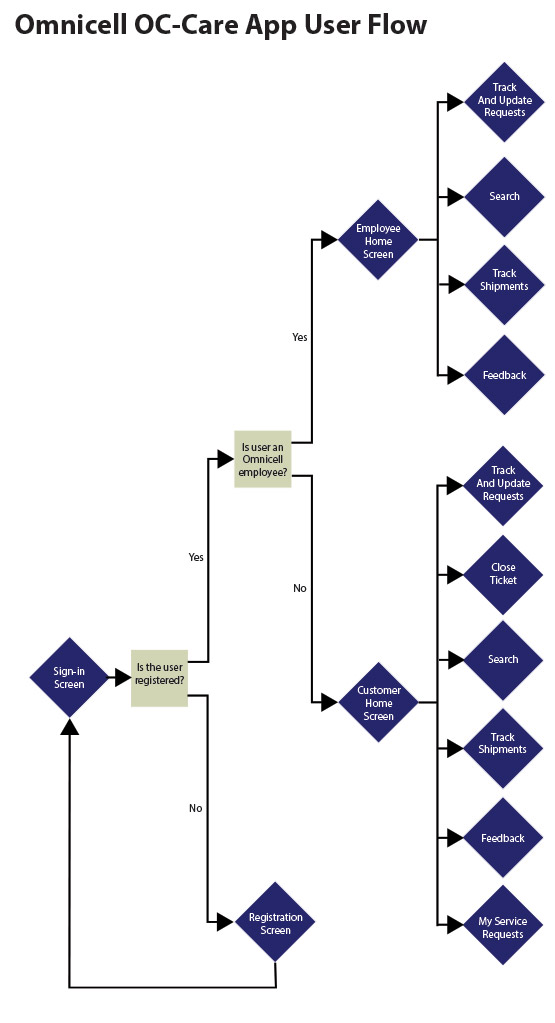
My initial thought was to create a web application that ran inside the app. The problem with this through was that the client wanted to take advantage of the hardware capabilities of the user’s device like storing data offline and pushing it out when an internet connecting became available. This simply couldn’t be done without a native application.
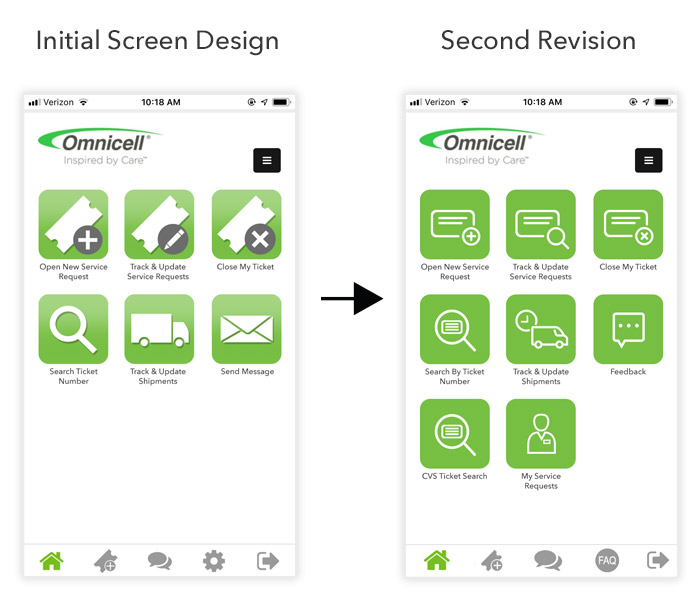
I came up with a hybrid approach where half of the app was native and half of it was a website running inside of the app. The website would be used for the features that needed to be flexible. The native app screens would be used for the functionality that required hardware support.
Result
The app has been used in 506 different hospitals to reduce call center calls by 2,700+ calls per year. Users love how the app keeps them logged in so they can quickly start a new support ticket.
Shortly after the app was launched, the department who hired me received a standing ovation when the app was presented at a corporate-wide gathering.
